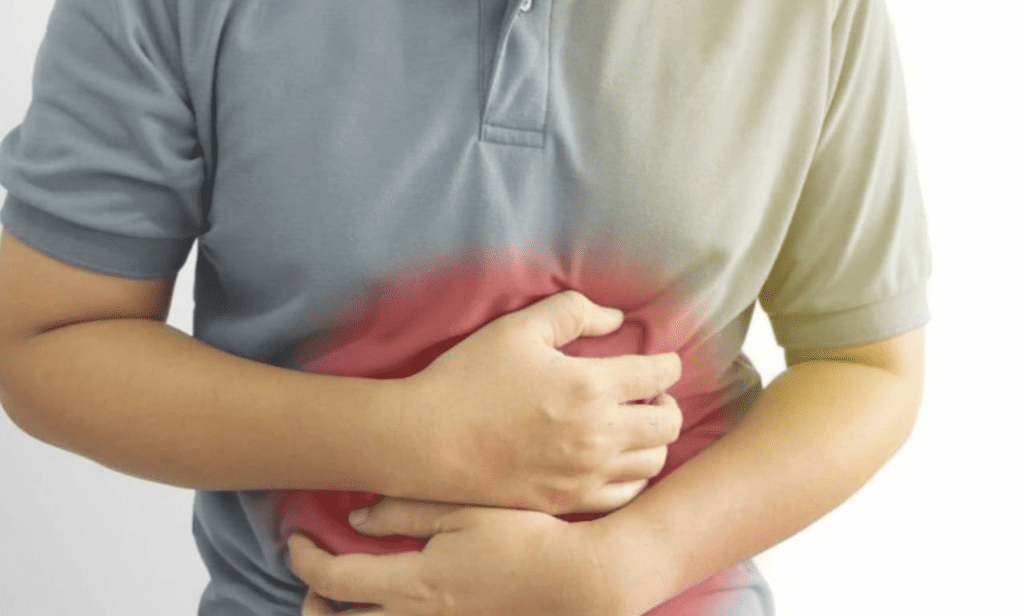
Stomach cancer, or gastric cancer, silently devastates communities worldwide, but its burden isn’t evenly distributed. A handful of nations bear a disproportionate share of cases, revealing a complex interplay of diet, infection, environment, and healthcare access. Understanding why certain regions face staggering rates isn’t just academic—it’s a roadmap for prevention and early intervention.
Mongolia tops global charts with stomach cancer rates soaring above 30 per 100,000 people. This alarming figure stems from a perfect storm of factors: traditional diets heavy on salted meats and fermented dairy, scarce fresh produce due to harsh climates, and rampant Helicobacter pylori infections. This bacterium, present in 80% of Mongolian adults, chronically inflames the stomach lining. When combined with high salt intake—which damages protective stomach tissues—cancer risks multiply. Limited healthcare infrastructure in rural areas further delays diagnosis.
South Korea faces a similarly high incidence, despite advanced medical technology. Here, fermented foods like kimchi and doenjang (soybean paste) are cultural staples, but their high salt and nitrate content can erode the stomach’s mucosal barrier. While screening programs catch 60% of cases early, smoking among men—over 30% of whom use tobacco—adds fuel to the fire. Genetic susceptibility also plays a role, with certain gene variants amplifying risks from environmental triggers.
In Japan, stomach cancer remains the most common malignancy in men. Historical dependence on salted fish, pickled vegetables, and smoked foods—preservation methods born from pre-refrigeration eras—still influences modern diets. H. pylori infection rates hover near 50%, exacerbated by crowded living conditions facilitating transmission. Yet, Japan’s silver lining is its nationwide endoscopic screening, slashing mortality by 50% through early detection of precancerous lesions.
Eastern Europe, particularly Belarus and Russia, reports rates 5× higher than Western Europe. Diets dominated by processed meats, potatoes, and bread—paired with low vegetable intake—create a risk-laden nutritional profile. Smoking and alcohol consumption, notably heavy spirits like vodka, compound the danger. Economic constraints limit access to fresh produce and preventive care, while H. Pylori testing remains scarce outside urban hubs.
Chile’s unique geography concentrates risk in its central regions. Soil selenium deficiency, linked to weakened antioxidant defenses, coincides with diets high in processed meats and bread. Nitrate-contaminated groundwater from mining and agriculture introduces carcinogens directly into drinking supplies. Indigenous Mapuche communities face added vulnerability due to poverty and healthcare gaps.
Behind these regional crises lies H. pylori, the primary culprit in 75–90% of stomach cancers globally. This bacterium spreads through contaminated water, poor sanitation, or close contact, thriving where overcrowding persists. Once entrenched, it triggers inflammation that can spiral into cancer over decades, especially when paired with high-salt diets that accelerate DNA damage. Smoking and alcohol further strain the stomach’s ability to repair itself.
Prevention strategies are emerging. South Korea and Japan’s mass screening programs offer blueprints for early intervention, while Uruguay’s salt-reduction policies—mandating lower sodium in bread—show regulatory promise. For high-risk regions, experts stress H. pylori eradication therapy, tobacco control, and subsidizing fruits and vegetables. As genetic research advances, targeted screening for families with hereditary diffuse gastric cancer (caused by CDH1 gene mutations) could save lives.
Global disparities persist, however. In low-resource settings, late-stage diagnosis remains the norm. Dr. Marisa Santos, an oncologist with the World Health Organization, notes: “Stomach cancer is largely preventable through lifestyle changes and infection control. Yet, poverty traps communities in cycles of risk—unaffordable healthy diets, tainted water, and inaccessible screening.” Climate change intensifies these challenges, as crop failures and water scarcity threaten nutritional security in vulnerable regions.
The future hinges on tailored interventions. Mongolia’s push for mobile cancer screening clinics aims to reach nomadic herders, while Chile explores selenium supplementation in high-risk zones. Public education on dietary moderation—like Korea’s “less salty kimchi” campaigns—empowers cultural shifts. For now, these five nations underscore a universal truth: stomach cancer is more than a medical condition—it’s a mirror reflecting societal priorities.
